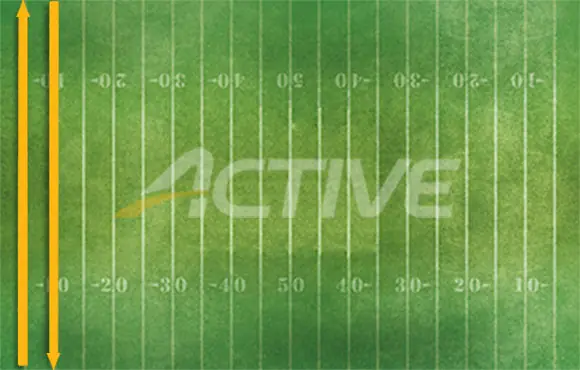
While the half-marathon distance doesn't strike fear into the hearts of runners like a marathon can, it's still a daunting challenge for beginning and experienced runners alike. For faster runners, racing on the edge of your limits for around 80 minutes is an enormous challenge. For beginners, running a half marathon will require you to be on your legs for over two hours, which is a test of determination and preparation.
More: 7 Training Tips for Your First Half Marathon
This article will outline the physiological challenges both beginner and advanced runners face when training for the half marathon, provide you with specific workouts to address and train for these challenges, and outline how you can build other races into your half-marathon plan to get race ready and break up the training segment.
The Physiological Challenges of the Half Marathon
For the advanced runner, the physiological demands of the half marathon mimic those of the 10K distance. From an energy system standpoint, the 10K is about 95 percent aerobic and five percent anaerobic, while the half marathon is 98 percent aerobic and two percent anaerobic. This means runners training to improve their times must include lots of aerobic threshold and miles run at half-marathon pace into their schedules.
More: What Are Threshold and Tempo Runs?
For beginning runners just looking to finish, the amount of time spent running is the most important factor in training. Research shows that biological markers of muscle fatigue—aspartate aminotransferase (AST), creatine kinase (CK), lactate dehydrogenase (LDH) and myoglobin—increased significantly immediately after a half marathon, and remained elevated for more than 24 hours thereafter.
To put it simply, when you're running for two hours or more, you're putting tremendous stress on the muscles in your legs. You have to prepare your body for this challenge in training. To do so, beginning runners have to keep their workouts and long-run volumes fairly high to train for the specific demands of the race.
More: 7 Experts on Effective Long-Run Training
Half Marathon Specific Workouts
The physiological demands of the half marathon clearly demonstrate that the 13.1-mile distance is a blend of stamina and speed endurance (the ability to hold a fast pace for a long time). As such, half marathon specific workouts come in two varieties: stamina workouts, such as tempo or threshold runs, and long speed workouts, such as 6 or 8 x 1 mile.
In addition, you need to mix in hard, quality long runs so you can teach your body how to run fast late in the race when you're tired.
Half marathon race-specific training should start six weeks out from your goal race, after a solid base-building period. Your experience level should determine the length of your base-building period. Beginners will need 12 to 14 weeks of general training to be capable of completing the suggested workouts, while experienced runners may only need 8 to 10 weeks to get ready.
- 1
- of
- 4
About the Author
Get ACTIVE on the Go


13.one Half Marathon
Get expert advice and guidance as you progress in your journey to becoming an avid runner.
Available for iOS






Discuss This Article